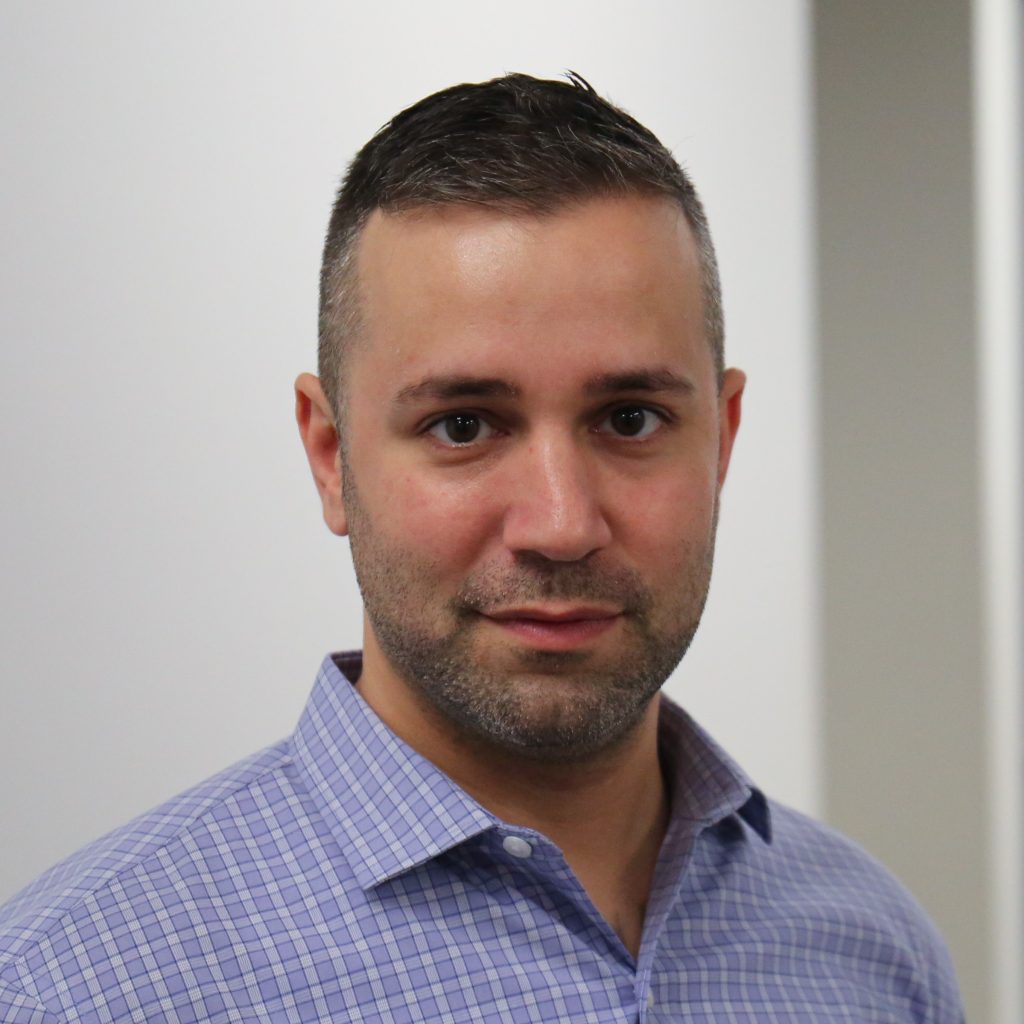We ‘Deep Dive’ with Chris Carreiro, Chief Technology Officer – ParkView at Park Place Technologies, who tells us about life inside and outside the office.

What would you describe as your most memorable achievement in the data centre industry?
My proudest achievement was successfully designing and deploying a tool that leverages AI and reduces analysis paralysis across most OEM data centres worldwide.
That tool spun off an entire division at Park Place, changing the company from a straight third-party support organisation to a company offering a full DMSO portfolio. That division is called ParkView which mixes managed services with hardware support for most data centre storage, server and network equipment. The initial project, coined ‘ParkView Hardware Monitoring’, is now monitoring over 40,000 devices across the globe. Since launch, alert efficiency continues to improve and the supported products list grows. This incredible amount of data powering this division allows us to provide world-class support to our customers.
What first made you think of a career in technology/data centres?
When I was in elementary school, my father brought me to a computer show. Fascinated with all of the tech, I began tinkering with desktops, upgrading memory video cards and hard drives and eventually built a computer, retiring my hand-me-down 386. Soon after, I learned some simple scripting, which helped me perform tasks around the desktop. I was constantly showing my parents all the cool stuff I had done with the CLI.
To further fuel my interest, my father gave me a ‘learn visual basic 3.0’ book that taught me some fundamentals of software development. Applying some of the skills, I was able to make GUI applications that had some real function; this solidified my interest in software development and computer technology.
What style of management philosophy do you employ in your current position?
My management style adjusts for different project types; I would say I follow the Full Range Leadership Model (FRLM) – defining tasks, setting goals, listening, helping, etc. Sometimes I’ll take a paternalistic approach as required in certain areas, but I like to default to a laissez-faire leadership style whenever I can to allow the team to be more open and gather creative solutions to problems. I like to operate democratically because it has proven to be the most effective for the majority of projects we work on – but I don’t limit myself to one leadership philosophy.
What do you think is the current hot talking point within the data centre space?
Edge technology – we are in the midst of another transition. Small, mini data centres collecting and processing and shipping results back to a central data centre or cloud seems to be working well in many industries. That, combined with reliable, cheap Internet becoming accessible in more areas of the globe; IoT’s growth not only among consumers but also in terms of industrial availability; and, finally, server footprints that allow businesses to split up the data centre workload and place some of the processing closer to the users are facilitating seismic changes in the data centre space.
How do you deal with stress and unwind outside the office?
I like to learn new things, work on passion projects, ride ATVs and spend time with my kids.
What do you currently identify as the major areas of investment in your industry?
Data analytics and Edge technologies are two areas where I see some movement within our industry.
Data analytics is directly related to the amount of information we can collect and store. We can quickly process failure rates from other metrics collected and we are able to spare parts for customers more efficiently based on data analytics. Secondly, with things like 5G and other major improvements in network access, smaller data centres are being placed closer to users. I can see the topology changing slightly to embrace Edge.
What are the region-specific challenges you encounter in your role?
Time zone differences affect some meetings with different groups, limiting direct access to key players. Working with another development group within Park Place puts five hours in between our days, which reduces availability on both sides.
Corporate rollout of MS Teams has helped in the collaboration of remote groups, unifying different tools for the team. MS Teams specifically helped with the time zone challenges as the group would have a message or details listed and, in some cases, recorded meetings for reference. Now, this content all sits in the same thread for any development team to reference.
What changes to your job role have you seen in the last year and how do you see these developing in the coming months?
I’ve gained some new responsibilities on a couple of large projects and was assigned a dedicated development team. The group started gaining some momentum and will be working closer to some of the business users and lab equipment. These changes were designed to help increase productivity and tighten our launch timelines.



